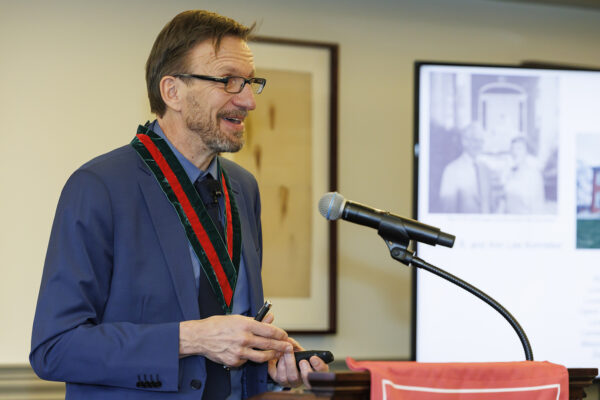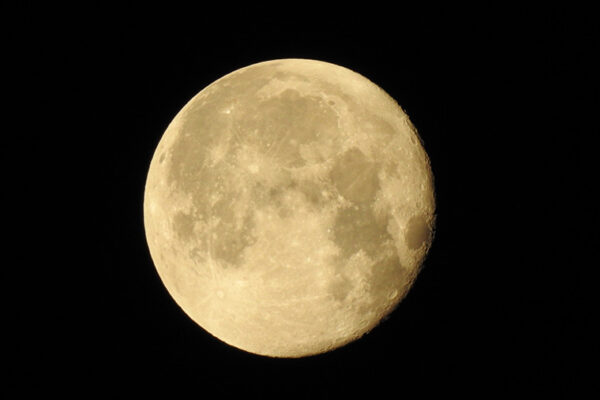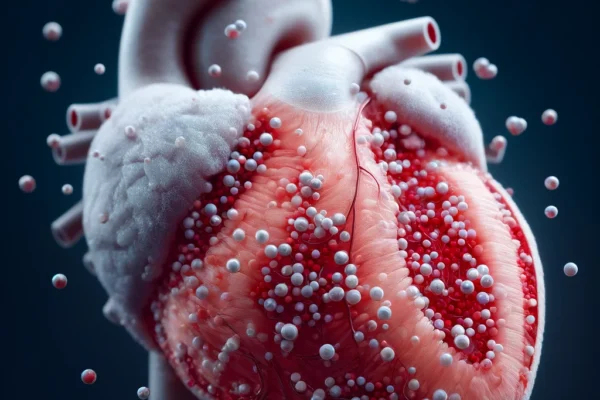Physicists Saori Pastore and Maria Piarulli in Arts & Sciences at Washington University in St. Louis are part of an influential group of scientists shaping the theoretical framework behind exciting new experiments at the Facility for Rare Isotope Beams (FRIB), a $730 million U.S. Department of Energy Office of Science research facility.
After years of planning and construction, researchers are now using the one-of-a-kind FRIB to better understand nuclei, the collection of protons and neutrons found at the heart of atoms. Recently, scientists working at the FRIB made a groundbreaking observation of five never-before-seen isotopes, highlighting the facility’s cutting-edge capabilities and the potential for new discoveries in nuclear physics.
Nuclear theory — the kind of work that Pastore and Piarulli do at WashU — underpins much of the high-end research now taking place at the FRIB. This research has applications in medicine, national security and other industrial applications.
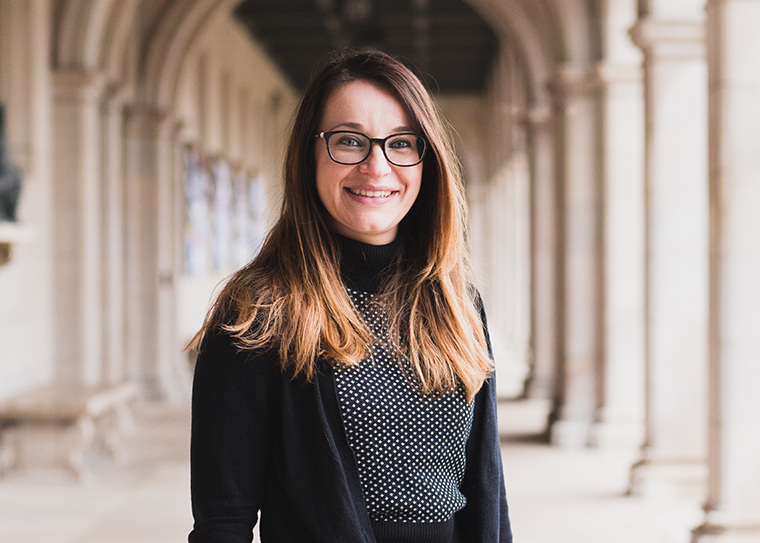
Theory helps explain and predict the relationships between subatomic particles that are beginning to be observed in new experiments.
“The first experiments at the FRIB studied the beta-decay of highly unstable nuclei, like magnesium-38, produced from the breakup of calcium-48,” Piarulli said. The most stable isotope of magnesium-24 has equal numbers of neutrons and protons, but the highly unstable magnesium-38 has 14 more neutrons than protons, she noted.
A related experimental effort run by WashU professors Robert Charity and Lee Sobotka, both in the Department of Chemistry in Arts & Sciences, focuses on nuclei with far more protons than neutrons.
“Watching how these exotic nuclei decay away — and measuring the products that are produced — provides information critical to understand how the atomic nucleus changes, from stability to the limits of its existence,” Piarulli said.
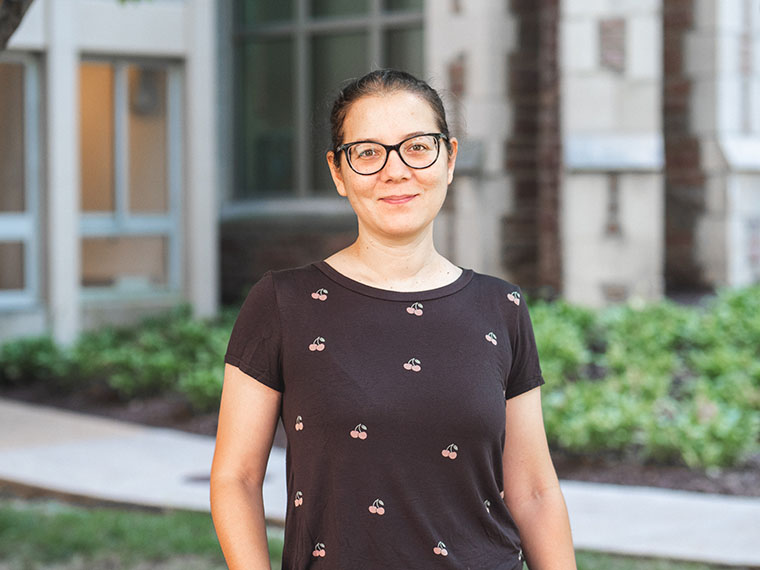
Pastore and Piarulli, both associate professors of physics and faculty fellows in WashU’s McDonnell Center for the Space Sciences, lead a research group that focuses on Quantum Monte Carlo (QMC) methods for nuclear physics. Some of their recent work has included high-precision calculations of beta decays in elements with lighter nuclei — that is, those with an atomic number less than 10. “Our calculations provide valuable insights into the nuclear models used to describe these decays, and we can leverage this information to make meaningful extrapolations to larger systems,” Piarulli said.
Mark Alford and Willem Dickhoff, both professors of physics in Arts & Sciences, are theoreticians who also study nuclear systems. Through the combined efforts of its theoretical and experimental groups, WashU has been intimately involved in shaping the FRIB scientific mission.
For the past few years, Pastore and Piarulli have participated in the FRIB Theory Alliance, a coalition that brings together scientists from universities and national laboratories to share knowledge, expertise and resources to help advance nuclear physics work at the FRIB.
The coalition has almost 300 members, including 120 faculty and more than 115 graduate students and postdoctoral fellows worldwide.
“We are developing and studying many exciting things related to the FRIB Theory Alliance, including development and optimization of nuclear theory using statistical methods, studies of electroweak properties, and calculations of the equation of state of strongly interacting matter with uncertainty quantification, to name a few,” said Pastore, associate chair of the Department of Physics and past director of the FRIB Theory Alliance executive board.
Through their affiliation to the FRIB Theory Alliance, Pastore and Piarulli have expanded their outreach nationally to help attract high-profile young scientists to careers in nuclear theory through the FRIB Theory Fellow Program. In 2022, they recruited Anna McCoy, a FRIB Theory Fellow, who will soon transition to her next position at Argonne National Laboratory as an assistant physicist.

The FRIB Theory Alliance also provides great opportunities for graduate students like Jason Bub, Graham Chambers-Wall and Garrett King at Washington University and others.
These students have opportunities to connect with other researchers, fostering collaborations that could be beneficial for their future careers, Pastore said.
“Working in a cutting-edge field can offer unique learning experiences for graduate students and the chance to develop advanced research skills,” she said.
“Moving forward, we want to keep collaborating with experimentalists at FRIB,” Piarulli said. “We can produce more work along the lines of our study in Physical Review C. That project was a joint endeavor with experimentalists and researchers at Michigan State University, and the experimental results were consistent with our QMC calculations.
“These calculations are of paramount importance, as they provide a deeper understanding of nuclear forces,” she said.
